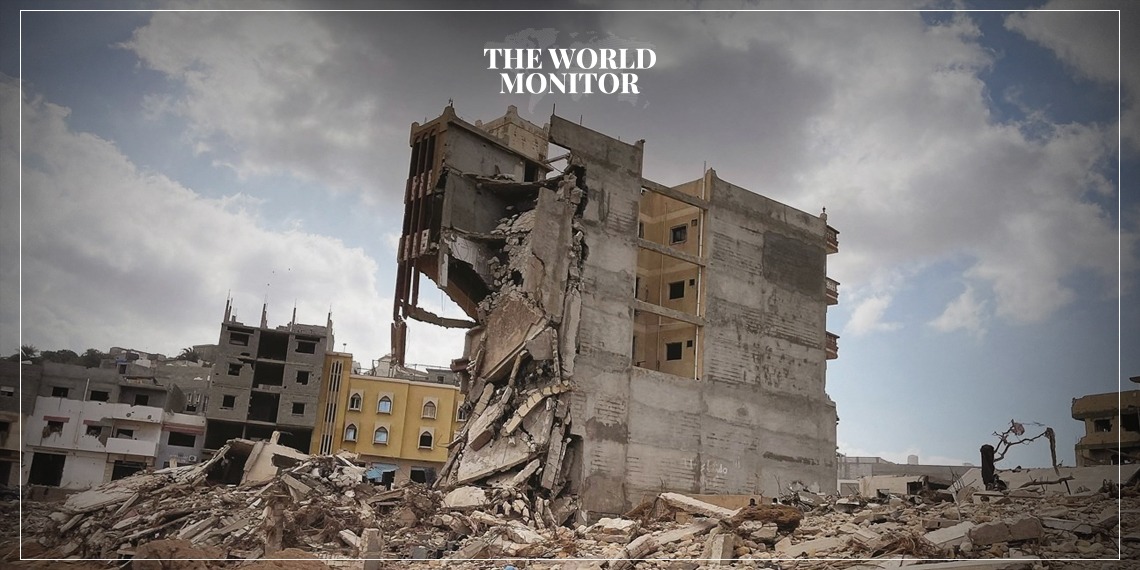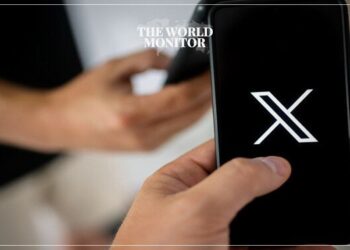Ahmed Al-Mandhari, the Regional Director of the World Health Organization (WHO), announced that medical supplies have reached a quarter of a million people affected by the recent humanitarian crisis in Libya, caused by the devastating hurricane “Daniel” and the severe floods that struck cities in eastern Libya, particularly Derna.
The latest shipment included 29 tons of medical supplies, highlighting the organization’s critical role in monitoring and controlling diseases.
According to Al-Mandhari, there are still around 9,000 people missing, and the organization is collaborating with the Libyan Ministry of Health to locate them.
They have also been involved in the recovery of 3,958 bodies, identifying their identities, and issuing death certificates.
The recent shipment of relief aid will aid in restoring supplies to over half of the health facilities in the affected areas. Most of these facilities had ceased operations due to a shortage of medicines and medical equipment.
These supplies will be sent to hospitals and primary healthcare centers, essential for restarting their operations.
“The organization is working closely with Libya’s Ministry of Health and the National Center for Disease Control to identify the medical needs of survivors and affected individuals in temporary shelters, and displaced camps, and respond to those needs. WHO teams are actively on the ground as part of the assessment mission led by the Ministry of Health, participating in assessment missions conducted by UN agencies,” Al-Mandhari stated.
He added that the priority now is to resume hospital and healthcare services, prevent and control the spread of infectious diseases, and provide immediate healthcare requirements, including medical equipment, medicines, and essential supplies.
This encompasses treatments for infectious and common diseases, surgical supplies, and anesthesia materials.
In the coming period, the WHO will conduct in-depth health assessments and restore the functions of healthcare facilities in the affected areas.
They will establish fixed and mobile clinics as close as possible to the affected populations, enhancing access to healthcare services by deploying international medical emergency teams to provide services in remote and hard-to-reach areas.






